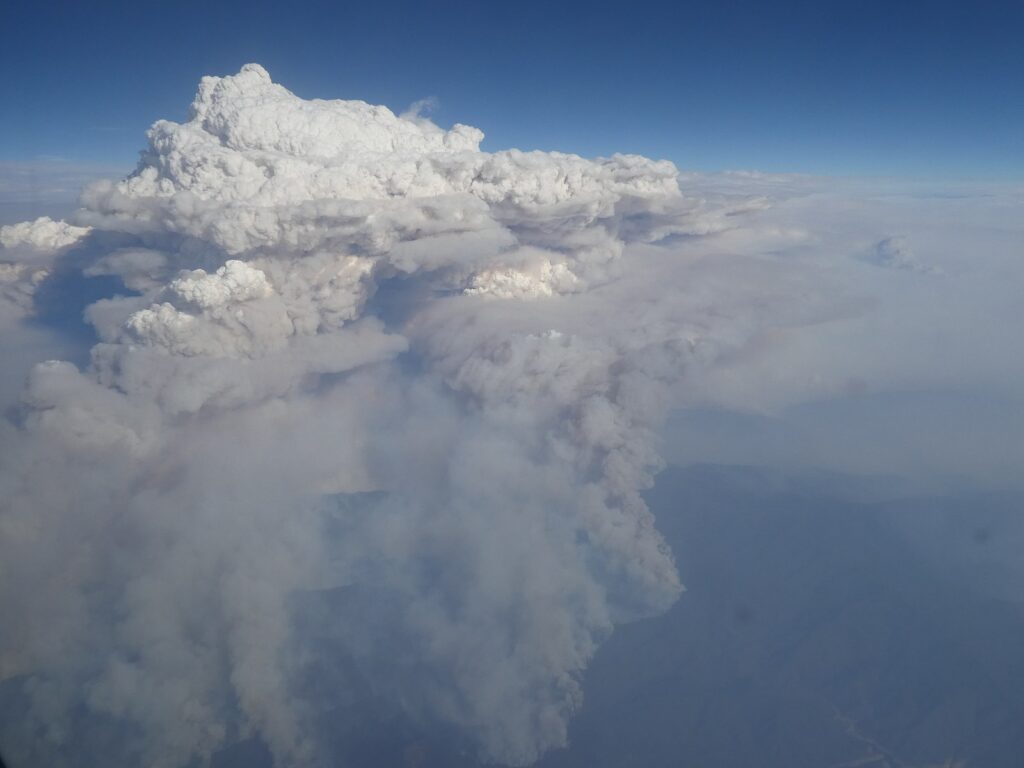
After the Australian wildfires of the “Black Summer” of 2019-2020, satellite measurements showed a decrease in the stratospheric ozone layer. At the time, scientists connected the decrease in ozone to smoke from the fires that penetrated into the stratosphere, however, the role that smoke particles play in ozone chemistry was still unclear. In a paper published in Nature last week, Susan Solomon and colleagues show that if smoke particles, which contain oxygenated organic material and water, are liquid in the stratosphere, they are capable of absorbing HCl gas and hosting reactions with other “chlorine reservoir” gases such as ClONO2 and HOCl. In this manner, they can drive ozone depletion much like other stratospheric particles. As large wildfires become more common in a changing climate, this phenomenon may slow down the recovery of the stratospheric “ozone hole”.
For the article and more discussion:
- “Chlorine Activation and Enhanced Ozone Depletion Induced by Wildfire Aerosol” Solomon et al., Nature 2023
- A “News and Views” commentary on the article written by Faye McNeill and Joel Thornton
- Susan Solomon and Faye McNeill discuss the article with the Nature Podcast, March 8, 2023
